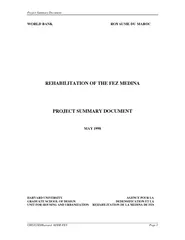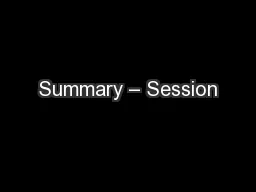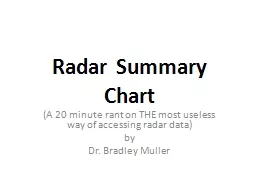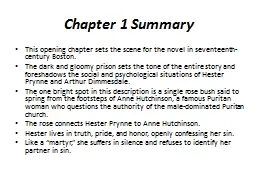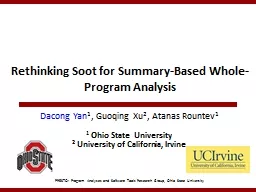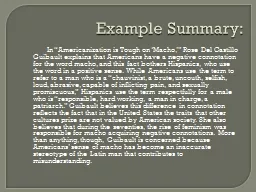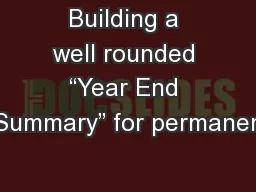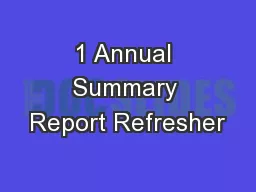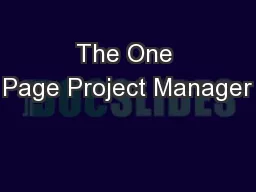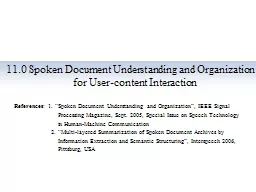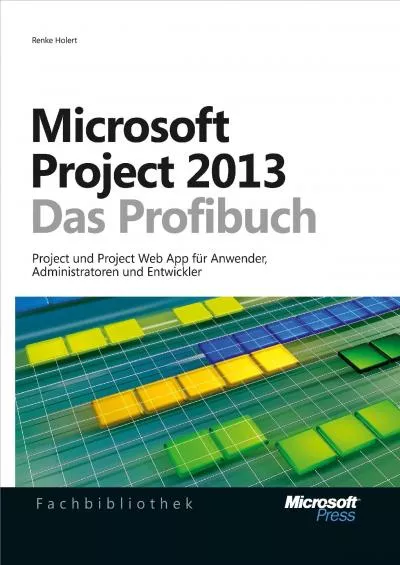PDF-Project Summary Document UHUGSDHarvard ADERFES Page W
Author : marina-yarberry | Published Date : 2015-06-18
0 Project Overview The Medina of Fez was designated a Herita ge of Mankind city by UNESCO in 1980 It has a population of about 181000 in two se parate districtsFez
Presentation Embed Code
Download Presentation
Download Presentation The PPT/PDF document "Project Summary Document UHUGSDHarvard A..." is the property of its rightful owner. Permission is granted to download and print the materials on this website for personal, non-commercial use only, and to display it on your personal computer provided you do not modify the materials and that you retain all copyright notices contained in the materials. By downloading content from our website, you accept the terms of this agreement.
Project Summary Document UHUGSDHarvard ADERFES Page W: Transcript
Download Rules Of Document
"Project Summary Document UHUGSDHarvard ADERFES Page W"The content belongs to its owner. You may download and print it for personal use, without modification, and keep all copyright notices. By downloading, you agree to these terms.
Related Documents

